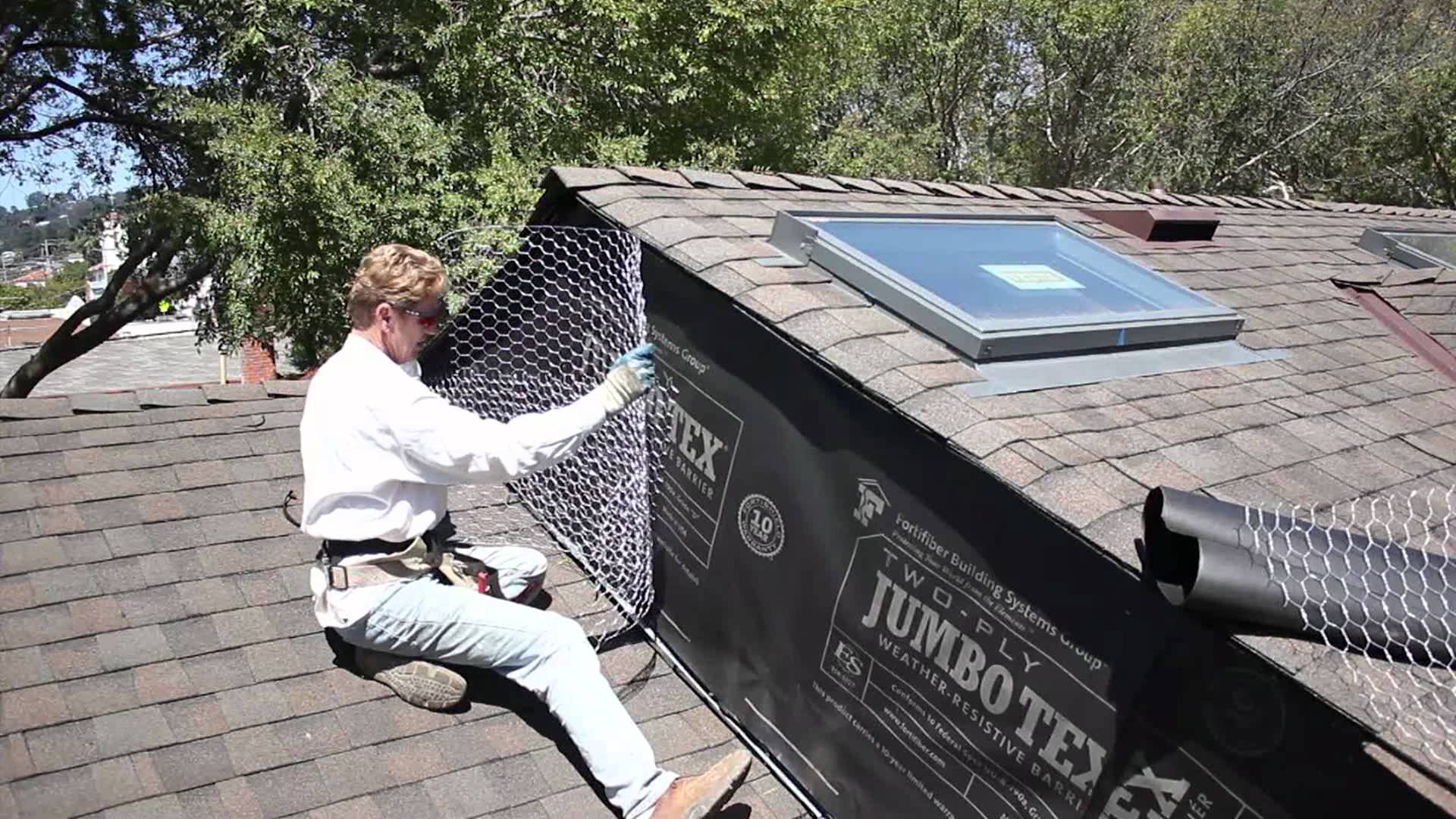The Difference Between EIFS and Stucco
When looking into purchasing a home or replacing the exterior of your current home, you’ll likely come across many types of exteriors—two of which are Hard Coat Stucco (HCS) and Exterior Insulation and Finish System (EIFS). The two are often confused for one another because they look aesthetically similar to the untrained eye at a distance. Once you get up close and personal, however, the difference between HCS and EIFS becomes apparent to the trained eye and ear.
With any comparable products, it’s essential to be aware of the advantages and disadvantages of each. While not much different in price, there is more than one significant difference between stucco and EIFS.
Materials
HCS and EIFS are both applied in multiple layers, yet what makes up the layers are noticeably distinct.
On wood-framed homes, HCS has black paper (Weather Resistive Barrier), lath, Portland cement stucco that is about 3/8” to 3/4” thick, and a finish coat that is either cementitious or acrylic. The texture and color are entirely customizable.
On the other hand, EIFS is made up of Expanded Polystyrene foam insulation and a protective lamina that is 1/16” to 1/8” thick. The lamina consists of a polymer base coat with embedded fiberglass reinforcing mesh and a customizable acrylic finish coat. EIFS may or may not have a Weather Resistive Barrier.
Durability
HCS is much more vulnerable to cracking, both hairline (<1/16” wide) as well as craze cracking. Small cracks in HCS are typically not a problem due to the black paper. However, they can be aesthetically objectionable. Also, HCS holds up better to impact damage.
EIFS is very flexible and should have no cracking; if there are cracks in the EIFS, then they should be appropriately repaired to stop water intrusion. While EIFS resists cracking, it is more vulnerable to impact damage such as stones, weed whackers, kids, flickers, and woodpeckers.
If you have a stucco home, annual inspections by an expert stucco remediation and restoration company can remediate any issues with cracks.
Continuous Insulation (CI)
When first introduced, EIFS was ahead of all other sidings as regards energy efficiency because it provided Continuous Insulation (CI).
Today’s energy codes require CI, so HCS now allows CI between the black paper and the base coat. We have observed that this CI in HCS can increase the amount of cracking. Plus, the untrained eye often mistakenly identifies CI HCS as EIFS.
Water Management
HCS on wood frame construction has always required a Weather Resistive Barrier (WRB) or black paper to protect the wood. Unfortunately, if not installed following proper water management detailing, it can let water into the walls or prevent drainage leading to the deterioration of walls and water damage.
The original EIF Systems were to be a Face Sealed system that shed all water on the exterior surface and permitted no moisture into the walls. In practice, we learned that the Face Sealed concept does not work without proper checks of the installation. When water entered the walls, there was no drainage mechanism leading to the deterioration of the walls and water damage.
Moisture Drainage – EIFS was subsequently created, or MD-EIFS for moisture-sensitive substrates. MD-EIFS has a WRB with drainage plane and drainage points to permit the management of water that gets past the exterior face.
Performance
In dry climates like Colorado and much of the west, we have found that HCS, EIFS, and MD-EIFS can all perform well or poorly depending on the original installation details and maintenance. The way to know how your HCS, EIFS or MD-EIFS are performing as intended is to have a moisture intrusion analysis, including probing of the wall surface to determine moisture content and condition of the substrate (wall sheathing).
As experts in HCS, EIFS, and MD-EIFS installation and remediation, we take pride in providing helpful information to anyone in need. If you are in the Denver Metro Area and need a stucco inspection, please contact us.


